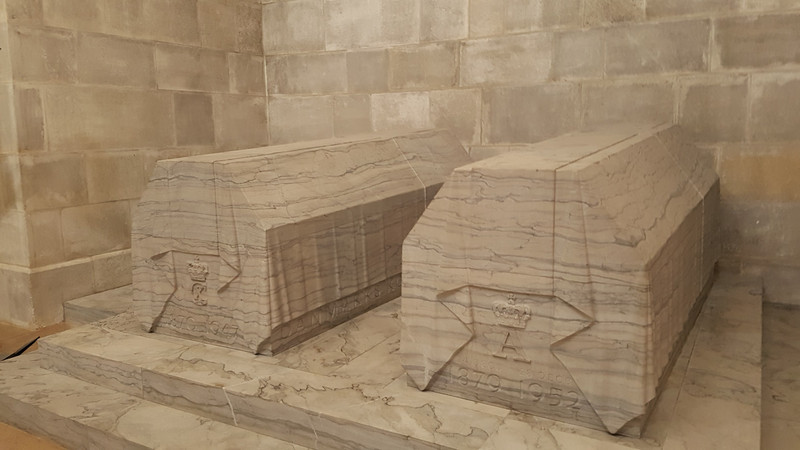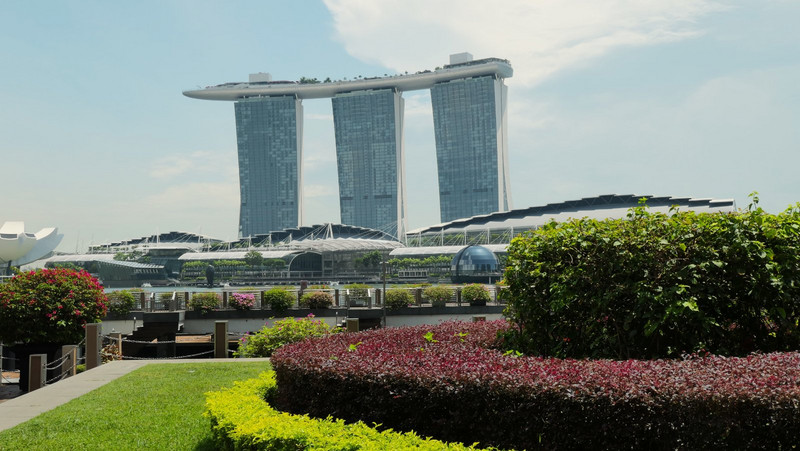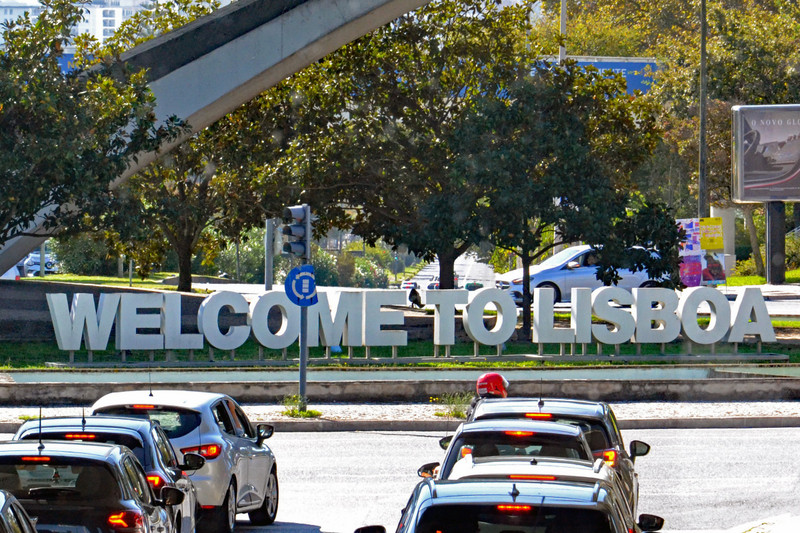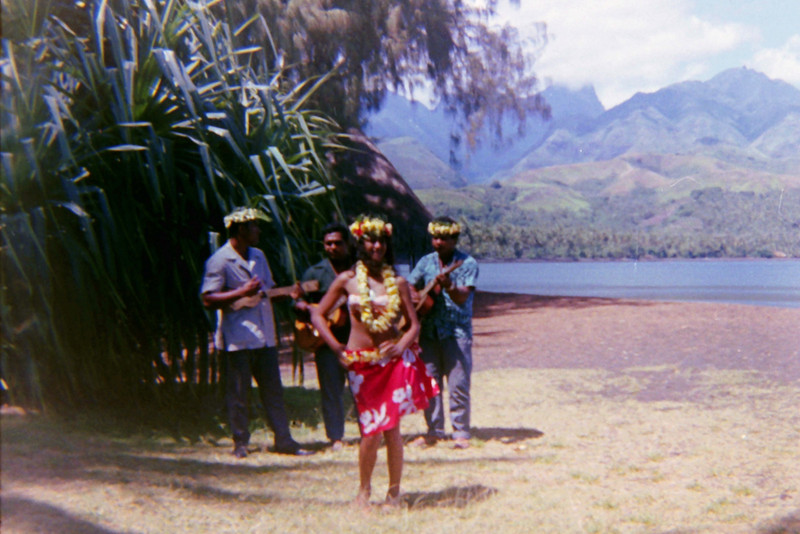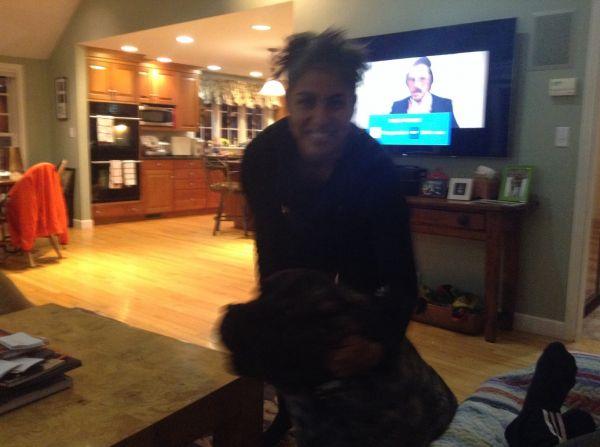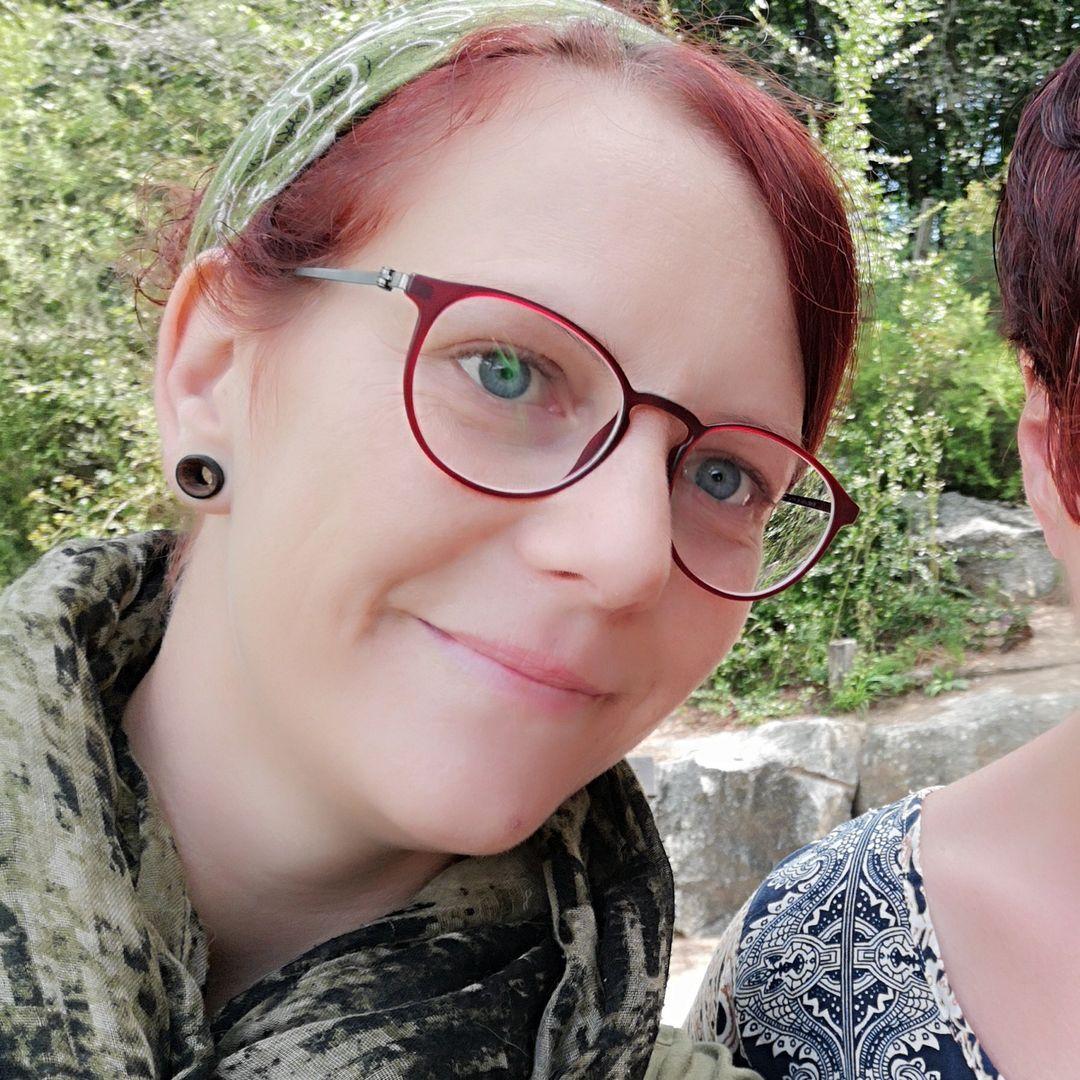After our visit to the Viking ships it was time to walk across the nearby park up to the city centre and the cathedral . For once we were climbing uphill which was a novelty as everything was normally flat . A cathedral noted to be the burial place of all the Danish Kings and Queens . The cathedral was a striking building set in quite an empty square and is part of teh Lutheran church of Denmark. It is the official royal burial church of Denmark . It is over 800 years old and is one of the earliest examples of Gothic architecture built in brick . It was constructed during the 12th and 13th centuries . It had of course been extended and altered over many centuries .
STanding in front it was fair to say that it was imposing. Roskilde was named as the new capital of Denmark by Harald Bluetooth in or around the year 960. The date of the inaugeration of the bishops of Roskilde is unknown but bishops from England were sent over by Sweyn Forkbeard and continued through Cnut the Great. So we were standing in front of a structure of great age
and which had much significance . The cathedral we stood in front of may have started its life much simpler around 1026. Funded many times it was built , rebuilt and changed over time . In 1157 the art of firing bricks was brought back from Italy and the current cathedral benefitted from being in brick .
We walked around the building and quickly found the way in . The staff were all smiling and all . We have a wedding today we were told . We wont charge you for both entries as you have only an hour to see the building . We will charge you just for one entry which was a bonus . The only problem with that meant that we had to race round very quickly . The problem with that was there was much to see . The cathedral was in the by 1280 and in use . Chapels were added and two towers by 1425. We were reading up on the chapels as we walked quickly from one to the next one .
whitewashed and plain . Here and there were some frescoes but being Lutheran the cathedral was not ornamented that much . The windows were mainly clear with little or no stained glass . The High Altar was a stunning golden affair. Some chapels were open and members of the public milled around checking them out . Others were closed in by large metal gates . People peered through at the coffins within . Some coffins were hidden in the crypts . Lead lined ancient ones sitting in gloomy darkness beneath in vaults . The burials were interesting in that they showed how death was portrayed through the ages .
The latest Queen who has officially today the longest serving monarch due to our Queen Elizabeth II passing away recently has already had her sarcophagus designed . A glass case sits above three basalt slabs each decorated with silver elephants who stand on a sandstone base . Apparently she picked this design many years ago . It was not the usual sort of memorial but something totally out of kilter with everything else we were seeing . The story goes her playboy French husband Prince Henrik was
annoyed with her when she became Queen and named him Prince Consort . He felt he should have been King Consort and when he died he had left instructions he was to be cremated and he did not wish to be buried with his wife . He felt that he was not equal in life therefore he did not want to be buried with her. His ashes were scattered at sea and in the grounds of the Fredericksburg palace . It felt odd to imagine that going on in the UK . Prince Philip was never equal . He always walked two steps behind his wife but he was buried with much pomp and ceremony in St Georges Chapel Windsor . His wife would soon to be joining him . The playboy Prince of Denmark had had his own way in the end.
As we walked around from chapel to chapel it was evident just how much tombs had changed through the ages . The older ones were black which felt appropriate for death. Very little ornamentation .
